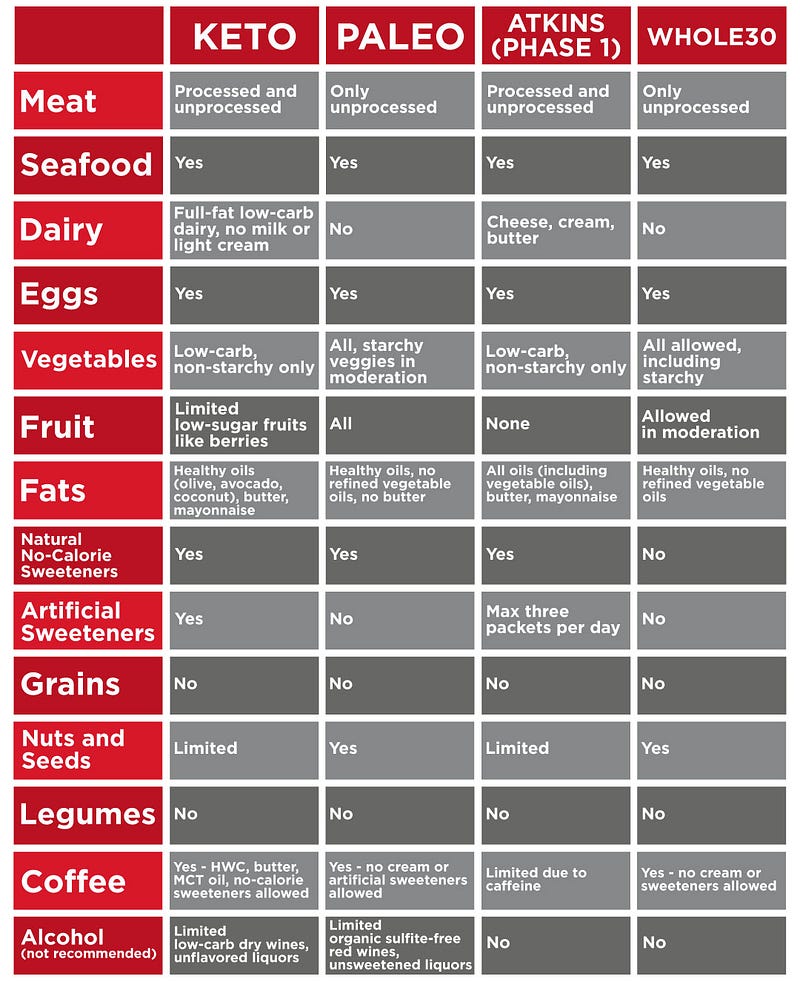Previously we look at fasted training. Fasted means low calorie (restricting carbohydrate and/or fat and/or protein intake). But what if you combine low carbohydrate with high fats? Then you have a non-fasting keto (fat adapted) diet. This is hugely popular because it could this be the secret to a stronger you……or maybe just another fad? The answer: a bit of both!
Early Benefits
The first studies on ketodiet (KD) focused mainly on its efficacy in treating epilepsy and came from the early 1930s. In 1967 Sport scientist, Bengt Saltin and his research team were perhaps the first to consider whether manipulating carbohydrates might help or harm training goals. In 1976 Alborg and Felig showed that when carbohydrates were consumed during exercise oxidation of glucose increased and lipolysis diminished (ie more carbohydrates were used as fuel and less fat).
Training with low CHO has been found to augment the expression of genes related to mitochondrial biogenesis and oxidative metabolism (rref). Moreover, a reduction of CHO availability during 3–10 weeks improved enzymatic activity, increased the content of proteins involved in oxidative metabolism, and increased the capacity to oxidize lipids in endurance athletes (ref).
What is Nutritional Ketosis?
Carbohydrate/glucose deprivation is associated with an elevation in ketone bodies, namely, acetone, acetoacetate (AcAc) and beta-hydroxybutyrate (βHB). AcAc is created first, and it can easily be converted into BhB. Technically, βHB isn’t a ketone but its close enough. Acetone is spontaneously created as a side product of AcAc. Acetone cannot be used as a source of energy but can be measured in the breath, serving as a useful but imperfect measurement of ketosis.
After transporting the ketone bodies to extrahepatic cells, they can be used as an energy substrate (acetyl-CoA) in the production of ATP through the oxidative phosphorylation pathway in the citric acid cycle (TCA)
βHB is the primary ketone body found in peripheral tissues, and in circulation with values of 0.5–3.0 mM βHB demonstrating “nutritional ketosis”. During nutritional ketosis, ketones bodies replace glucose as the primary fuel source for peripheral tissues, such as the brain and heart.
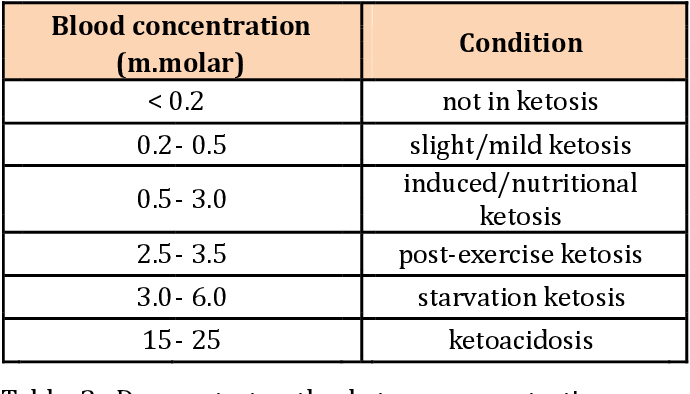
The Keto Diet
Foods high in carbs are grains, potatoes, and sweets . Low-carb vegetables are kale, broccoli, salad, and other leafy greens , sweet peppers . Nuts are also a keto friendly food given their high fat content. All meats, fish, eggs, and seafood are part of a well-formulated ketogenic diet.
Interestingly, your body is always producing a very low level of ketones, irrespective of your diet. You start producing more of them when following a diet that’s high in fat and low in carbs. For a weight stable person following a well-formulated ketogenic diet, that means about 5–10% of calories come from carbs, 70–80% from fat and 20–30% from protein.
For most animals and humans without a supermarket on the corner, then dipping in and out of ketosis is the norm. In early civilization, starchy vegetables (like potatoes) weren’t available the whole year round. During winter or the ice-ages we had to rely on animals that are high-fat and have virtually no carbs. Just imagine a society of zero sugar zero carbs zero tea zero coffee zero chocolate!!
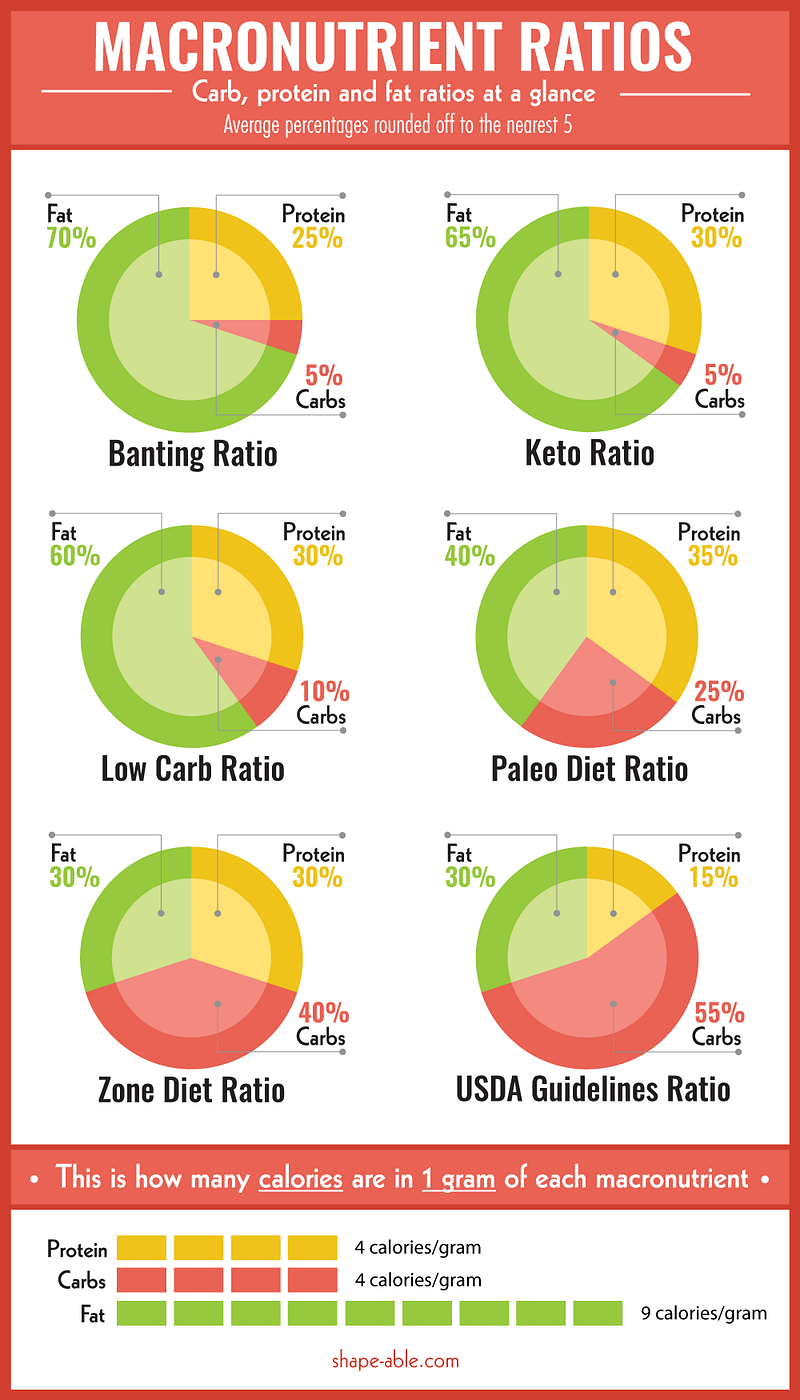
The ketogenic diet (KD) is a special example of a low CHO high fat diet. The original KD was designed with a 4:1 lipid:non-lipid ratio with 75–80% of the daily energy intake from fat, 15% from protein (PRO), and less than 5% and/or 20–50 g CHO per day [ref]. After several days of drastically reduced CHO intake even whilst maintaining the usual glucose/carbohydrates reserves in the form of glycogen become depleted.
Personalized Example
Carbohydrates are stored in the body predominately as glycogen in muscle tissue (300 g) and liver tissue (90 g), in addition to glucose in the blood stream (30 g) [ref]. This amounts to roughly 1680 kcal of available energy from carbohydrate at any one time or enough for 90min event. In contrast to the limitations of carbohydrate storage, the body can reserve (er very) large amounts of energy in the form of fat (1lb=3500 kcal) .
Consider a runner doing a half marathon or a cyclist doing a 2hr event. Total body glycogen stores (103 mol of ATP at best) are insufficient to provide the 150 mol of ATP needed for this grueling 2-hour event. But infinite ATP can be obtained by the oxidation of fatty acids derived from the breakdown of fat in adipose tissue, although the maximal rate of ATP generation is slower yet than that of glycogen oxidation and is more than tenfold slower than that with creatine phosphate. Thus, ATP is generated much more slowly from high-capacity stores than from limited ones, accounting for the different velocities of anaerobic and aerobic events. ATP generation from fatty acids is essential for 1hr+ events. Of course your body starts breaking down *some fats* almost immediately, just in case glycogen isn’t enough. But why not just rely on fats altogether? It because a word record marathon wouldbe 6 hours if all the ATP came from fatty acid oxidation, because it is much slower than glycogen oxidation!
Endurance athletes usually replenish their glycogen stores every one to three hours during activity [ref] but this is rate-limited by the absorption of carbohydrate in the diet. Training with low glycogen availability will promote molecular changes and fat oxidation [ref]. Some studies suggest ketogenic diets reduce “lactate” or hydrogen ion accumulation after exercise, contributing to enhanced recovery [ref] and perhaps reduced inflammation. Taken together, this evidence suggests that reduced reliance on carbohydrates via ketosis can produce beneficial results for endurance athletes……at least during training and maybe during recovery…..but this strategy is not likely to benefit race day where every second counts! What does the new studies say?
Effect on Raceday (Exhaustion, Power etc)
So let’s come on to the science! Bailey et al have reviewed the evidence for keto diets and various outcomes such as time-to-exhaustion making life easy! (citation). However there are only around 7 good studies…..
Lambert (1994) compared a high fat diet (70% fat/7% carbs) to a high carb diet (74% carb/12% fat) after allowing trained cyclists to adapt to each diet for just 2 weeks. The high fat diet led to an equal performance (vs. high-carb) in time to exhaustion at 90% of the athletes’ max oxygen uptake and actually increased time to exhaustion at 60% of their max (moderate intensity)
Shaw et al. (2019) and Phinney et al. (1983) each found no significant difference in TTE by diet type [ref, ref]
Burke et al. (2017) studied race walkers on 3 diets for 3 weeks: a high-carb diet, a periodized low-carb diet (alternating high- and low-carb availability) and a low-carb high-fat diet. They reported a significant improvement in race time among high carbohydrate and periodized carbohydrate groups while the ketogenic diet group had a non-significant increase in race time (ie deterioration).
McSwinney et al. (2018) reported that post-intervention peak power was significantly different between diets, with ketogenic diet athletes improving their peak power and comparison diet athletes decreasing their peak power (ketogenic diet : 8.3 ± 2.2 vs. 9.7 ± 2.3 watts/kilogram; HCD: 9.1 ± 2.6 vs. 8.4 ± 2.2 watts/kilogram; p = 0.047).
Zinn et al. (2017) found a mean decrease in peak power from baseline (− 18 ± 16.4 watts; p = 0.07) with a decrease in four out of five athletes [ref].
Burke et al (2020) (full text) did a follow up by giving 19x elite male and female race walkers 25d with various training diets. High carb boosted performance by 5% but low carb (high fat) deteriorated it by 3%! One consolidation…..low carb/high fat might be good for weight loss in training however so you can perhaps use a “keto diet” in training but switch it up come raceday.
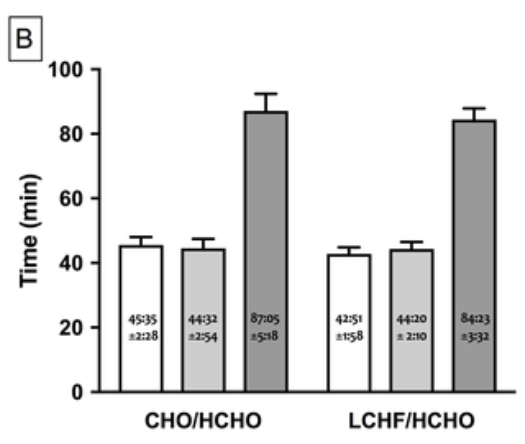
Summary
A ketogenic diet significantly increases fat oxidation (roughly two-fold) but this requires greater oxygen consumption due to the increased oxygen demands during fatty acid metabolism versus carbohydrate metabolism. This means ketogenic diet inherently causes an increased demand for oxygen and a certain “inefficiency” aka difficulty (unless adapted over a long long time). It usually reduces the beneficial impact of high VO2 max because a greater percentage of maximal oxygen uptake is now required to maintain any given race pace [rref] which can mean it is a good training diet.
The maximum rate of energy production (in kcal/hr) when using carbohydrates exclusively is approximately 2–3x that when using fat exclusively and storage roughly 2–3 hours. However, the energy density of fat is over twice that of carbohydrate (9 vs. 4 cal/g) and storage unlimited.
So ketogenic diets are basically metabolically inefficient, forcing the body to use long term fat stores. This added strain can be used to advantage during training and in order to promote weight loss. They are unlikely to optimize performance on race day with perhaps one exception…..athletes adapted to lifelong (or long term) low carbs. In these athletes muscles seem to adapt to this alternate fuel (see https://pubmed.ncbi.nlm.nih.gov/26892521) / If this is you, congrats, you have my admiration, now where is my cake?
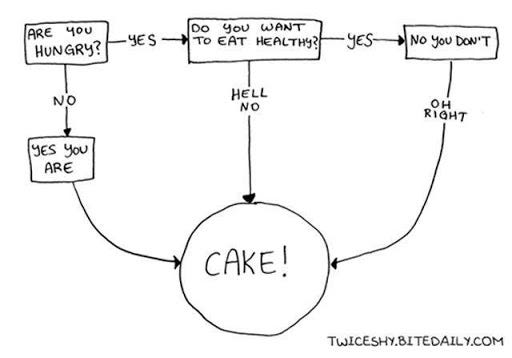
Further Reading
Reference
